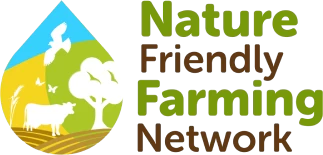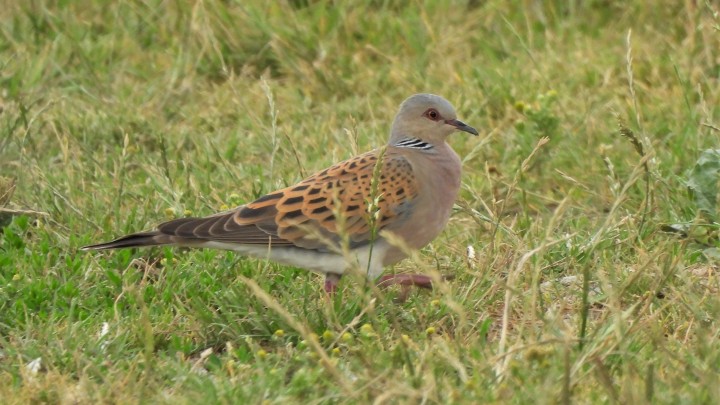As part of ongoing efforts to restore the fortunes of the turtle dove in England, nature-friendly farmers are being asked to record any sightings or sounds of this iconic farmland bird this summer.
The soft purring of the turtle dove is one of nature’s classic summer sounds. Now, we’re urging nature-friendly farmers to listen out for this sound and watch for a sighting of this elusive but beautiful bird.
It’s all part of ongoing efforts to measure the turtle dove's recovery from the significant declines it has suffered in recent decades, much of which has been caused by the intensification of agriculture, which has destroyed its farmland habitats, food and water sources.
Turtle doves are about the size of a blackbird, making them smaller than more common species such as the woodpigeon or the collared dove. Their most distinctive visual feature is the tortoiseshell pattern on the backs of their wings, though people may be more likely to hear their gentle sound than see them. The RSPB provides a helpful online identification guide.



